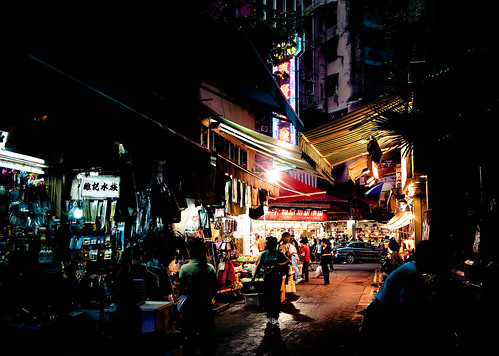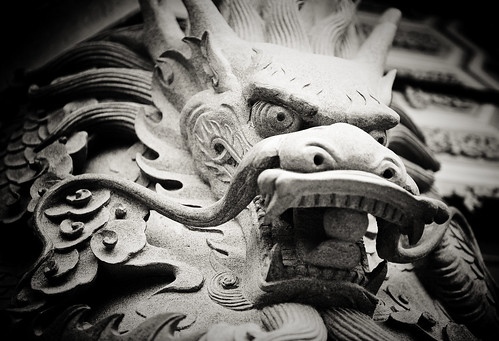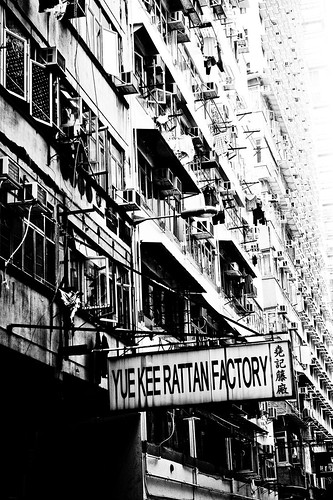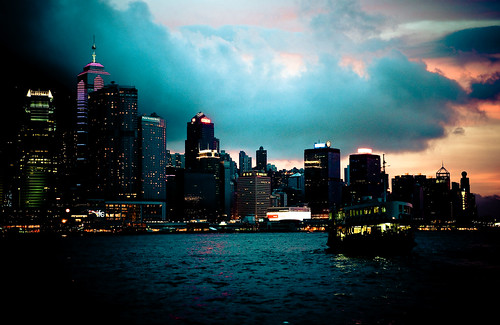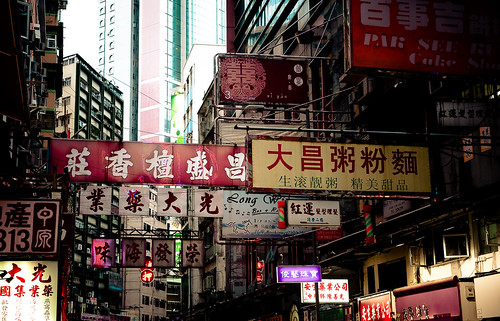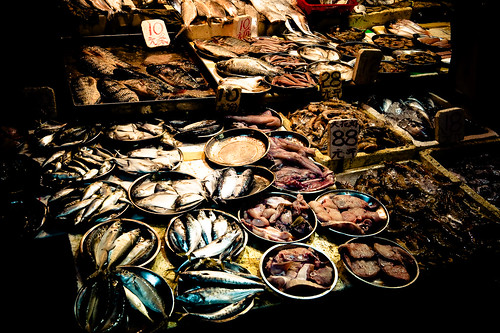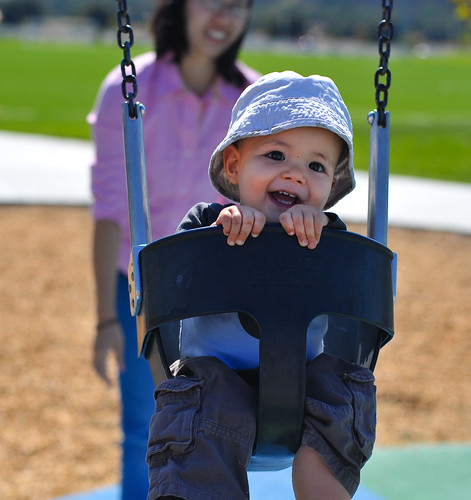Camera apps in photojournalism
Damon Winter defends his use of popular iPhone photography app Hipstamatic to win third prize in a photography contest by Pictures of the Year International.
People may have the impression that it is easy to make interesting images with a camera app like this, but it is not the case. At the heart of every solid image are the same fundamentals: composition, information, moment, emotion, connection. If people think that this is a magic tool, they are wrong. Of hundreds of images taken with the phone over those six days in Nahr-i-Sufi, only a handful were worth reproducing.
I have no problem with his use of Hipstamatic. People have been manipulating photos forever, even in the darkroom days. It was just more labor-intensive back then. My FB wall has been a bit oversaturated with Instagram and Hipstamatic photos, but a lot of them are more interesting than the thousands of flash-whitewashed portraits that most people post to FB.
If anything, the bad photos from those apps (not every photo benefits from a Lomo or Polaroid look) just proves that what you pay a professional for is some things a camera can't guarantee: composition, their choice of how to maniuplate each photo, getting in the right position to get the right photo, using the best tools at hand, etc. The skill of photography isn't just about buying the right camera and pressing the shutter release.




